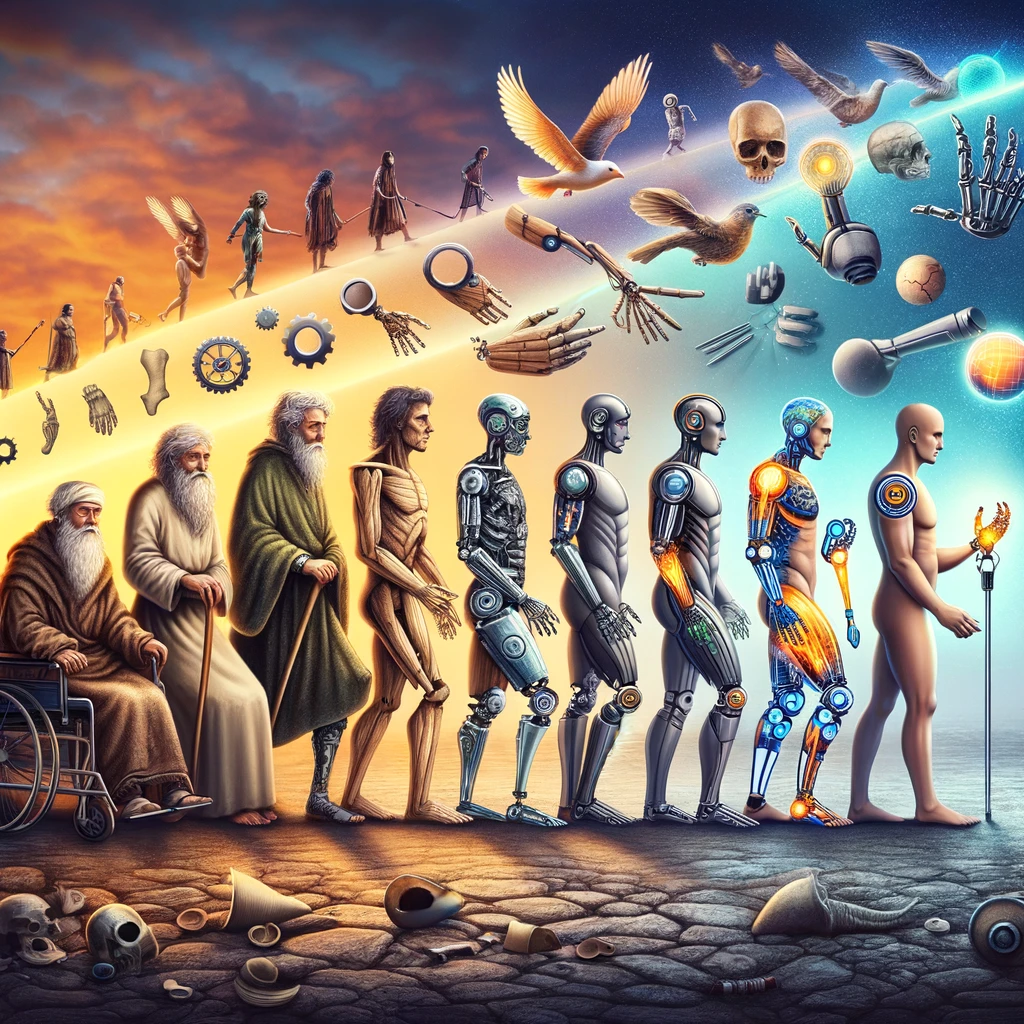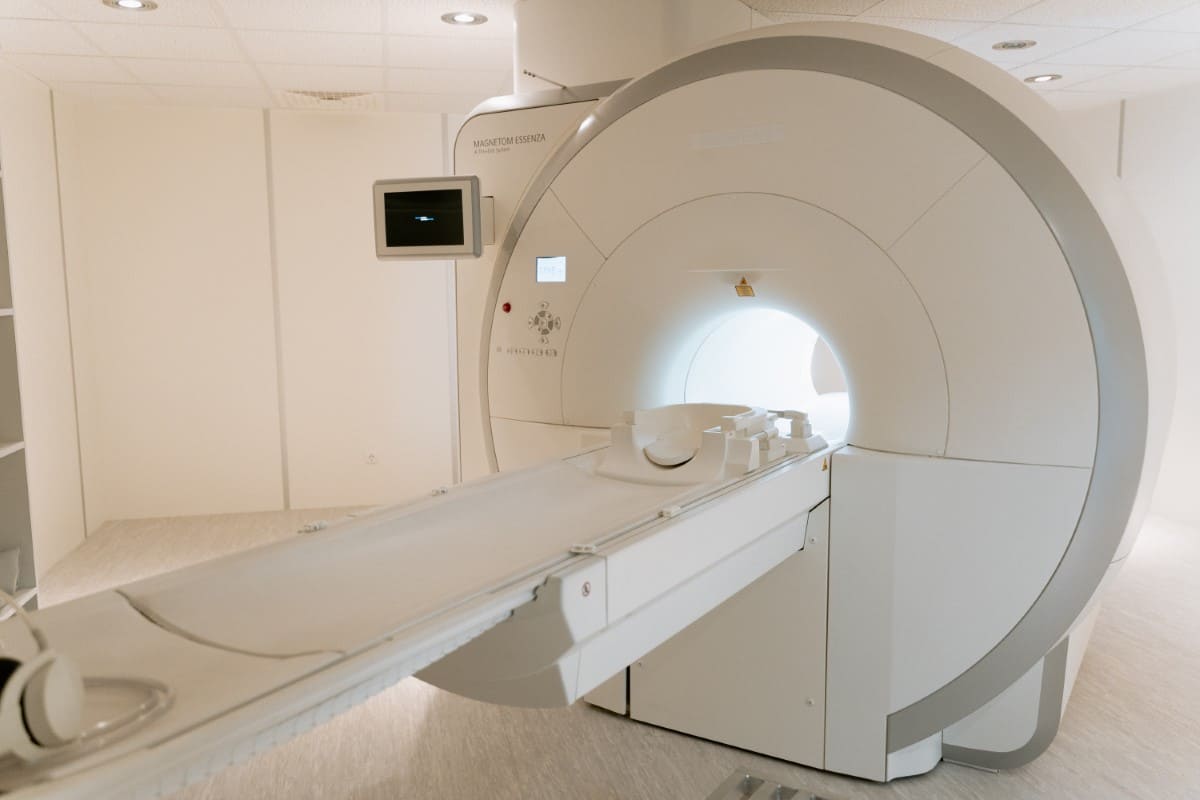
The development of supportive and rehabilitative devices represents a fascinating chapter in the history of human ingenuity. This tale spans from ancient artifacts to modern marvels, each generation improving upon the last to enhance mobility and comfort.
The origins of prosthetic technology trace back to the ancient civilizations that first crafted replacements for limbs and supports from the materials at hand, such as wood and metal. These early attempts, although rudimentary, marked a significant first step toward the sophisticated systems we know today. They were not merely functional but also held aesthetic and symbolic importance, reflecting a deep understanding of the human form and its needs.
As the gears of time turned, the Renaissance brought with it a wave of innovation in this field. Artisans and thinkers began to design devices with more specific functionalities, incorporating pivots and levers that mimicked natural movements more closely. This period was characterized by a surge in craftsmanship, which combined functionality with artistic beauty, making the devices not only practical but also visually appealing.
The industrial revolution introduced materials like alloys and rubber, which allowed for lighter, more adaptable fittings. This era witnessed a shift towards mass production, making these essential supports more accessible to a wider population. The flexibility and comfort of these new materials revolutionized the way supports were seen, transforming them from rigid structures to dynamic aids that offered greater freedom and ease of movement.
In the 20th century, the field saw leaps in technology that brought about the use of electronics and hydraulics. These advancements enabled the creation of devices that could actively adapt to the user's movements and provide real-time adjustments. The integration of technology not only improved functionality but also user interaction, making these devices more intuitive and responsive to individual needs.
Today, the frontier of supportive technology is being pushed by the integration of digital technology and biotechnology. Innovations such as 3D printing and smart materials that respond to environmental stimuli are setting the stage for a future where supports are not only customized to the individual's exact specifications but are also capable of evolving with their changing needs.
This historical progression from basic materials to high-tech solutions illustrates a trajectory filled with creativity and resilience. It showcases the human spirit's unyielding drive to refine and enhance the tools that support our bodies and lives.
 If there is FemTech, where is MenTech? (10 Men's Health Companies)
If there is FemTech, where is MenTech? (10 Men's Health Companies) IT and life in Barcelona: tax benefits, excellent medicine and life like in a resort
IT and life in Barcelona: tax benefits, excellent medicine and life like in a resort Life in Poland: European Infrastructure
Life in Poland: European Infrastructure What determines the future of UX/UI design in medicine?
What determines the future of UX/UI design in medicine? Telemedicine services Doc+ and Doctor Ryadom have announced a merger — the latter will receive all the developments of both companies
Telemedicine services Doc+ and Doctor Ryadom have announced a merger — the latter will receive all the developments of both companies Automating analytics for a medical clinic using Power BI
Automating analytics for a medical clinic using Power BI
Reviews
Jessica Sweeney
Great blog! A great combination of informative posts and funny stories from the author's life. Keep up the good work!
Sayed Bishop
Thank you for the advice. Now I know how to put them into practice.